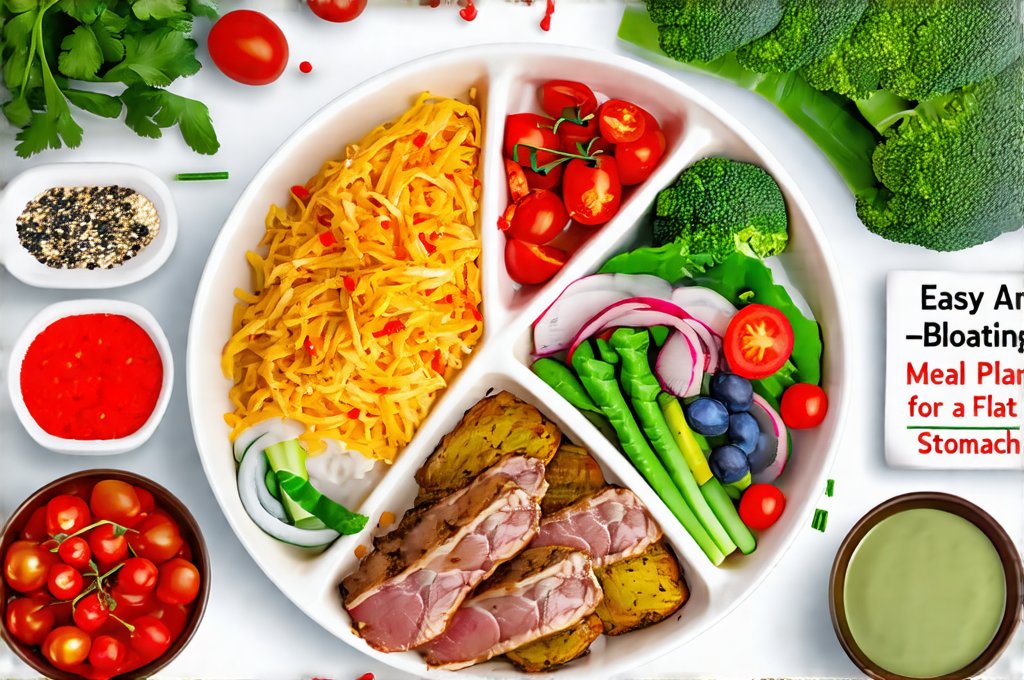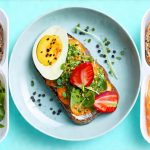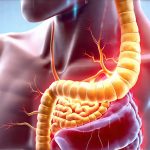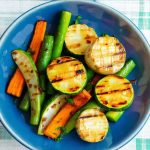Bloating is an incredibly common issue, impacting millions worldwide and often leaving people feeling uncomfortable, self-conscious, and generally unwell. It’s rarely something we associate with a quick fix; instead, it feels like a persistent battle against our own bodies. The good news is that significant reduction in bloating – and the journey towards a flatter stomach – isn’t about restrictive dieting or grueling exercise regimes. It’s often achievable through mindful adjustments to what you eat, how you eat, and incorporating simple lifestyle changes that support optimal digestion. Many people mistakenly believe flat stomachs are solely achieved through intense abdominal workouts; while core strength is important for overall health, addressing the root causes of bloating is key to lasting results.
This isn’t about chasing unrealistic body image ideals – it’s about reclaiming comfort and confidence in your own skin. It’s about understanding that a feeling of lightness and ease within your digestive system can dramatically improve your quality of life. This easy anti-bloating meal plan focuses on nourishing foods, eliminating common triggers, and establishing healthy eating habits to help you feel less puffy, more energized, and ultimately, closer to achieving the flat stomach you desire. It’s a sustainable approach that prioritizes long-term well-being over quick fixes, allowing you to enjoy food without fear of discomfort. If you are experiencing daily nausea or discomfort, consider building a gentle meal plan that is tailored to your needs.
Understanding Bloating & Dietary Triggers
Bloating happens when your stomach fills with gas, air or fluids, leading to a feeling of tightness and fullness. There are numerous reasons for bloating, ranging from digestive issues like irritable bowel syndrome (IBS) to simple dietary choices. Food sensitivities play a huge role; many people unknowingly react to certain foods causing inflammation and subsequently, bloating. Common culprits include high-FODMAP foods – fermentable oligosaccharides, disaccharides, monosaccharides, and polyols – which are poorly absorbed in the small intestine and fermented by bacteria in the large intestine, producing gas. Recognizing and minimizing these triggers is the first step towards a flatter stomach. For those with families, building a family-friendly meal plan can also support microbiome health for all ages.
Beyond FODMAPs, other dietary factors contribute to bloating. Excessive sodium intake leads to water retention, making you feel puffy. Carbonated beverages introduce extra air into your digestive system. Artificial sweeteners can disrupt gut bacteria balance. And finally, rapid eating without proper chewing causes us to swallow excess air, exacerbating bloating. It’s important to remember that everyone’s sensitivity levels differ; what triggers one person may not affect another. Keeping a food diary and tracking symptoms is incredibly helpful in identifying your personal trigger foods.
Reducing processed foods, increasing fiber intake (gradually!), and staying adequately hydrated are foundational elements of an anti-bloating diet. Fiber helps regulate digestion, while hydration prevents constipation – both crucial for minimizing bloating. Prioritizing whole, unprocessed foods provides essential nutrients without the inflammatory additives found in many packaged products. This isn’t about deprivation; it’s about making informed choices that support your digestive health and overall well-being. Guidelines for building a one-pot meal can also help make the process easier, while still being easy on the digestive tract.
A 7-Day Anti-Bloating Meal Plan
This meal plan emphasizes easily digestible foods while minimizing common bloating triggers. It provides a framework, and you can adjust portion sizes based on your individual needs and activity level. Remember to drink plenty of water throughout the day – at least 8 glasses! The focus is on lean proteins, non-starchy vegetables, and gluten-free grains or alternatives.
Day 1-3: Focus on gentle digestion with steamed vegetables, grilled chicken or fish, quinoa, and herbal teas. Avoid dairy, beans, and cruciferous vegetables (broccoli, cauliflower) initially to assess tolerance.
Day 4-5: Gradually reintroduce some fiber sources like oats and berries, monitoring for any bloating symptoms. Include lean protein with each meal.
Day 6-7: Incorporate a wider variety of anti-bloating foods while continuing to avoid identified triggers. Experiment with spices like ginger and turmeric, known for their digestive benefits.
Sample Meal Ideas:
- Breakfast: Oatmeal with berries and almond milk, or scrambled eggs with spinach.
- Lunch: Grilled chicken salad with mixed greens, cucumber, and a lemon-tahini dressing. Quinoa bowl with roasted sweet potatoes and steamed green beans. For quick lunches on the go, consider balanced lunch ideas for a flat stomach feel.
- Dinner: Baked salmon with asparagus and brown rice. Turkey meatballs with zucchini noodles and marinara sauce.
- Snacks: A handful of almonds, a small apple with almond butter, or plain yogurt (if tolerated) with a sprinkle of cinnamon.
Simple Steps for Digestive Ease
Portion Control & Mindful Eating
Portion control is paramount when combating bloating. Overeating stretches your stomach and puts added pressure on your digestive system, leading to discomfort. Using smaller plates can visually help with portion sizes. More importantly, practice mindful eating. This means paying attention to your hunger cues and stopping when you’re comfortably full – not stuffed. Turn off distractions like TV or phones while eating, and savor each bite. Chewing your food thoroughly breaks it down into smaller particles, making it easier for your body to digest and reducing the amount of air swallowed.
- Chew thoroughly: Aim for 20-30 chews per bite.
- Eat slowly: Take breaks between bites.
- Listen to your body: Stop eating when you feel satisfied, not overly full.
- Avoid eating late at night: Give your digestive system time to rest before bed.
Hydration & Gut Health
Adequate hydration is essential for optimal digestion and preventing constipation – a major contributor to bloating. Aim for at least 8 glasses of water per day, but adjust based on your activity level and climate. Incorporating probiotic-rich foods like yogurt (if tolerated) or kefir can help balance gut bacteria, improving digestion and reducing bloating. Consider adding fermented foods like sauerkraut or kimchi in small amounts if you enjoy them.
- Drink water between meals: Avoid drinking large amounts of liquid during meals, as it can dilute digestive enzymes.
- Include probiotic-rich foods: Support a healthy gut microbiome.
- Limit sugary drinks: Opt for water, herbal teas, or infused water instead. If you are a busy professional and traveler, building a gut-friendly meal plan can help.
Gentle Movement & Stress Management
Regular physical activity aids digestion and reduces stress, both of which contribute to bloating. You don’t need to run marathons; even gentle exercise like walking, yoga, or swimming can make a significant difference. Stress increases cortisol levels, disrupting digestive function. Incorporate stress-reducing techniques into your daily routine, such as meditation, deep breathing exercises, or spending time in nature. A calm mind often translates to a calmer gut! Additionally, how to create a safe meal plan can help alleviate indigestion relief.
- Walk after meals: Stimulates digestion and prevents bloating.
- Practice yoga or Pilates: Improves core strength and reduces stress.
- Meditate regularly: Promotes relaxation and digestive health.
- Prioritize sleep: Adequate rest supports overall well-being and digestive function.


















